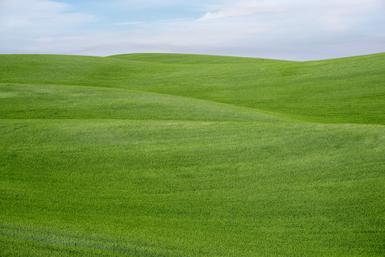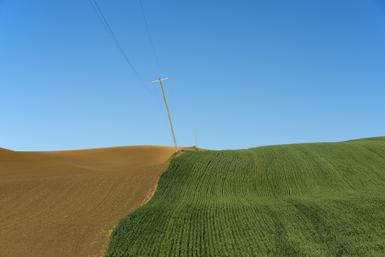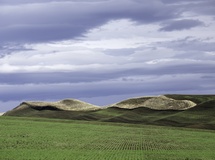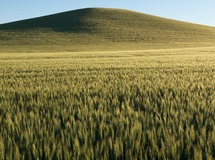Wheat 2019
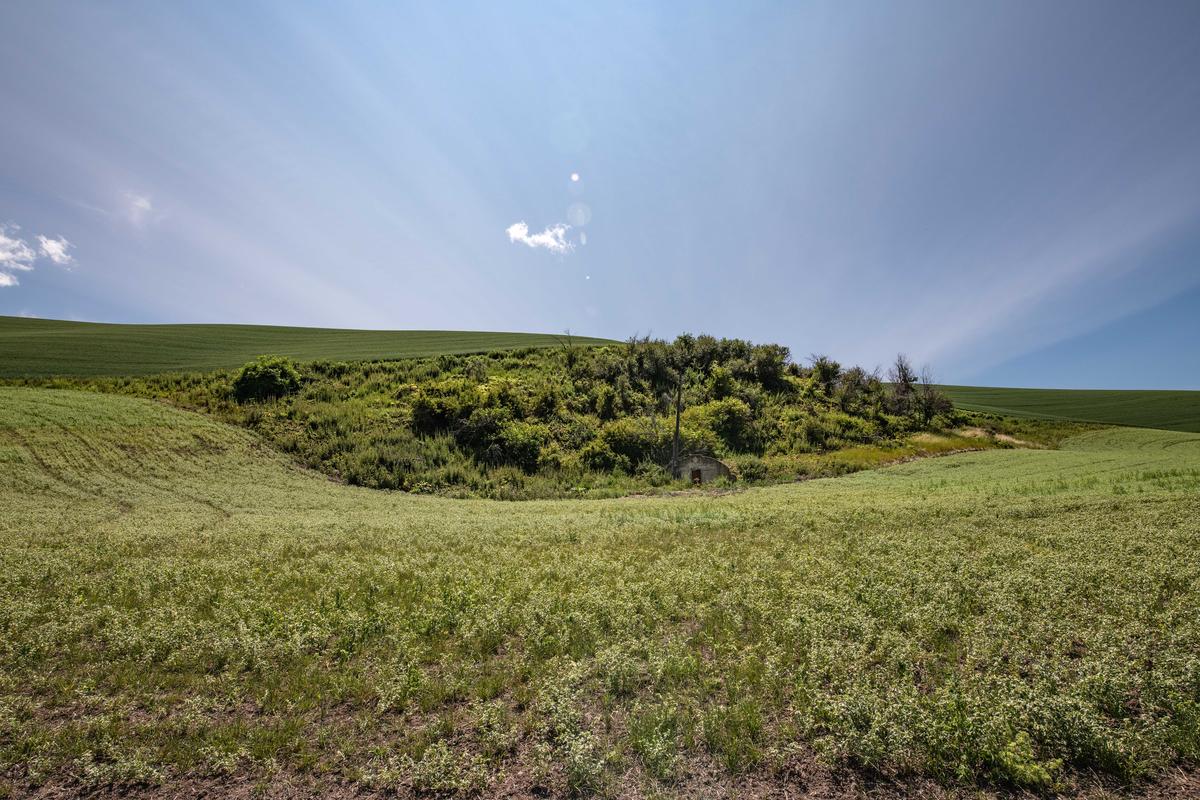
It must be the career teacher in me but I am going to try to use some new work made in June to address some issues concerning making landscape photographs. This may take a few posts.
I've just put the the new photographs on the site in the gallery page:
Perhaps I can prevail upon you to take a look before we move ahead?
47 final photographs made as prints, edited from a total of 1224 frames shot. Even with that extreme edit, 47 is far too many to present in a portfolio. But this is how it works, over-the-top quantity to arrive at a portfolio of high quality. I am in the very final stages of printing the project, looking over earlier prints that no longer fit or files that need reprinting. Eventually I will get down to 20 or so. It's a struggle. These days, I usually end up with an A portfolio and a B portfolio. Think primary and secondary. This gives the option of showing more work if requested.
It was a ten day shooting trip. Up before dawn, head out, drive, shoot, drive, shoot; a practically endless succession of pictures over a week and a half. If close to the motel I'd head back midday to rest, work on files, eat, then head out again around three until the sun set. Day after day. This routine broken by a rainy day, or a flight for an hour or two. I drove out to Palouse Falls one afternoon for a change. Man cannot live by photographing wheat fields everyday or too much of a good thing makes you crazy.
Day 1 included flying into Spokane and driving south to Pullman where I was staying. I don't assume good work from the first day but this one was an exception:
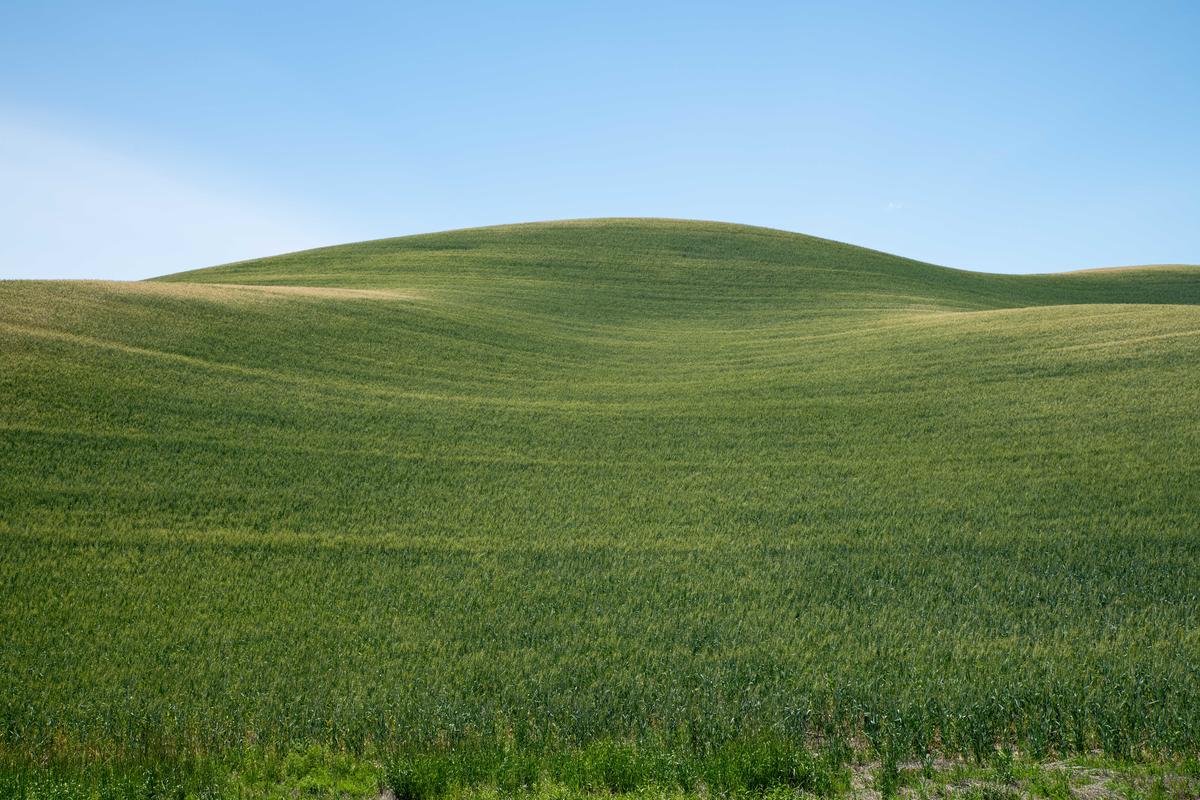
If new to the blog you wouldn't know that I have been photographing the wheat fields in the Palouse in the state of Washington for 25 years. Like returning home to see an old friend. That lets me hit the ground running.
In this case the landscape of the Palouse is like a canvas and the resulting photographs are different interpretations of what is there, using different light and times of day, the tools I have to work with in this minimal and sublime place to make my pictures.
Day 2 was long, early to late
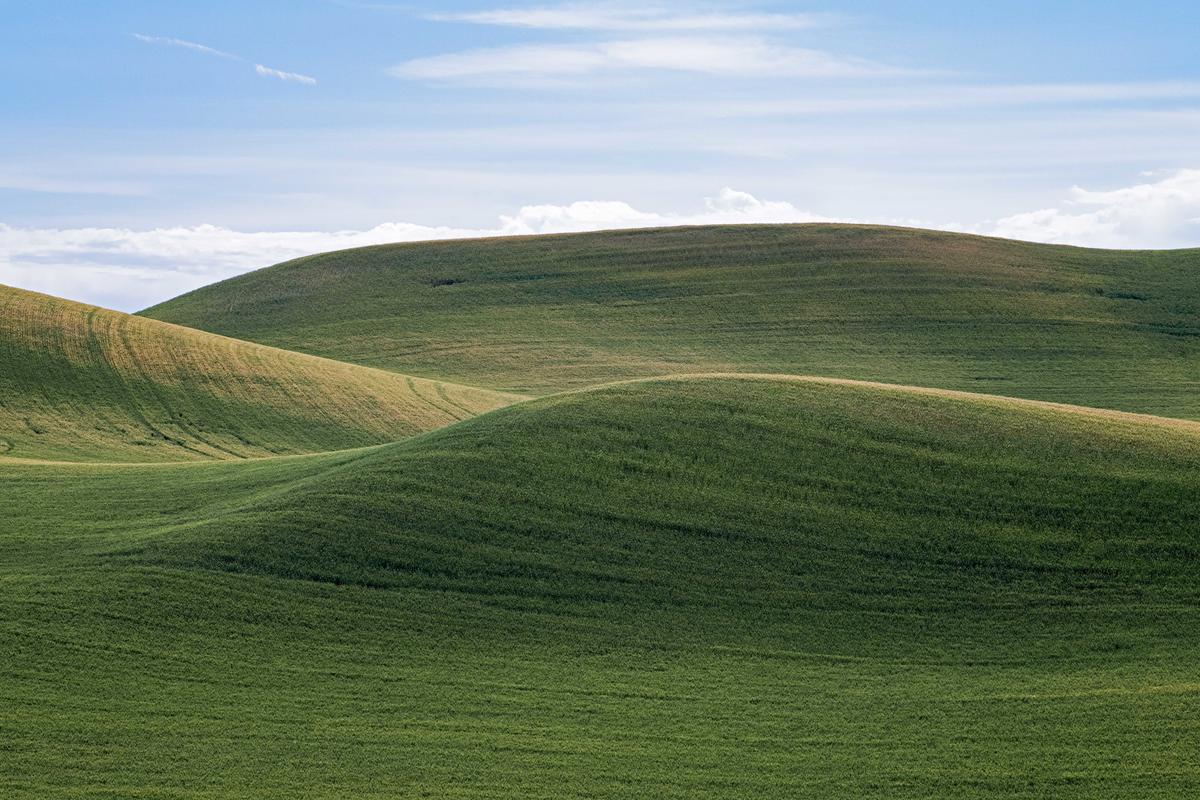
but very rewarding. This being mid June the fields were fairly mature and some were being harvested as the Palouse allows two growing cycles each season.
The wheat field pictures I make serve as a continuum, my longest running series, reflecting changes in aesthetic and in proclivity and serving as a barometer on how photography itself has changed. The first five years I photographed wheat was with an 8 x 10 view camera in the 90's, making black and white prints in my darkroom.


The prints are on 25 x 17-inch paper and are both easy and very difficult to make. Easy to get something good, hard to get something great.
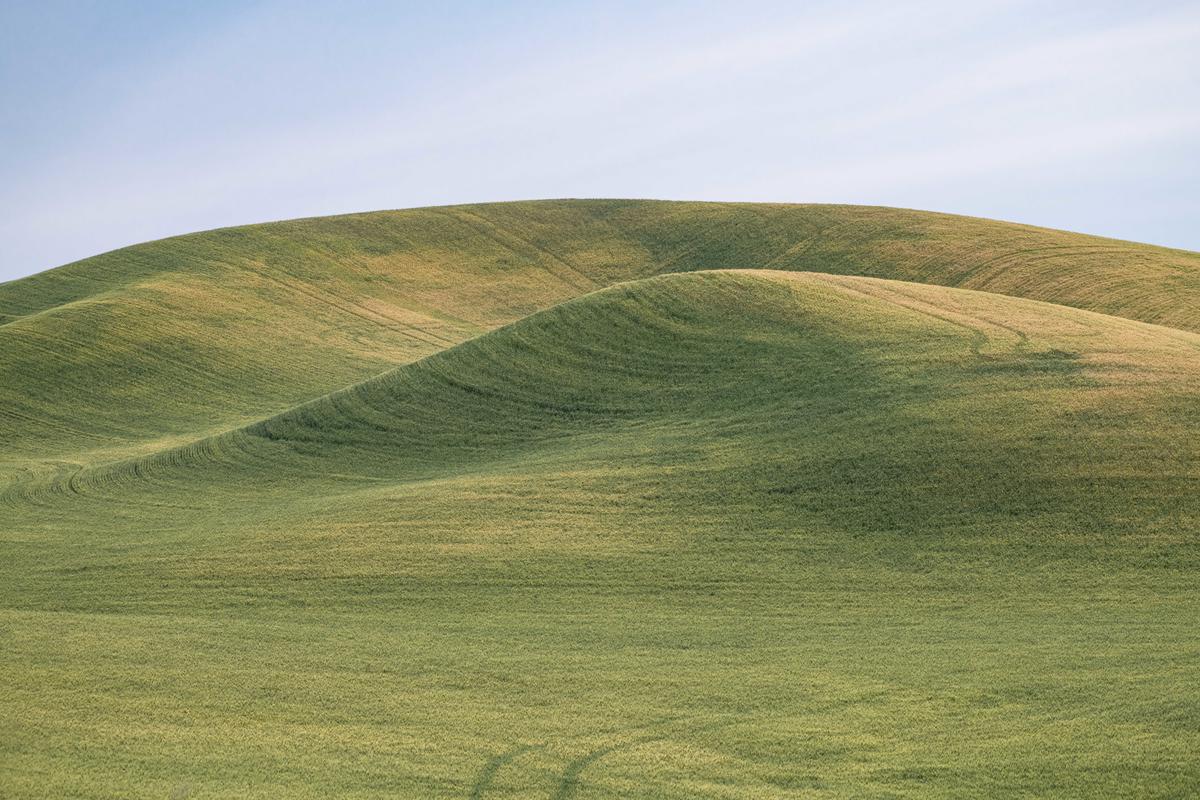
In Wheat 2 we'll look at more work and even go into a couple of subsets that veer off from the larger project.
Google Image search the "Palouse" and you will be confronted with a bewildering display of rolling fields in glorious colors, replete with barns, grain elevators, hay bales, combines during harvest, even pictures of photo workshop participants, for this is a most popular place to photograph.
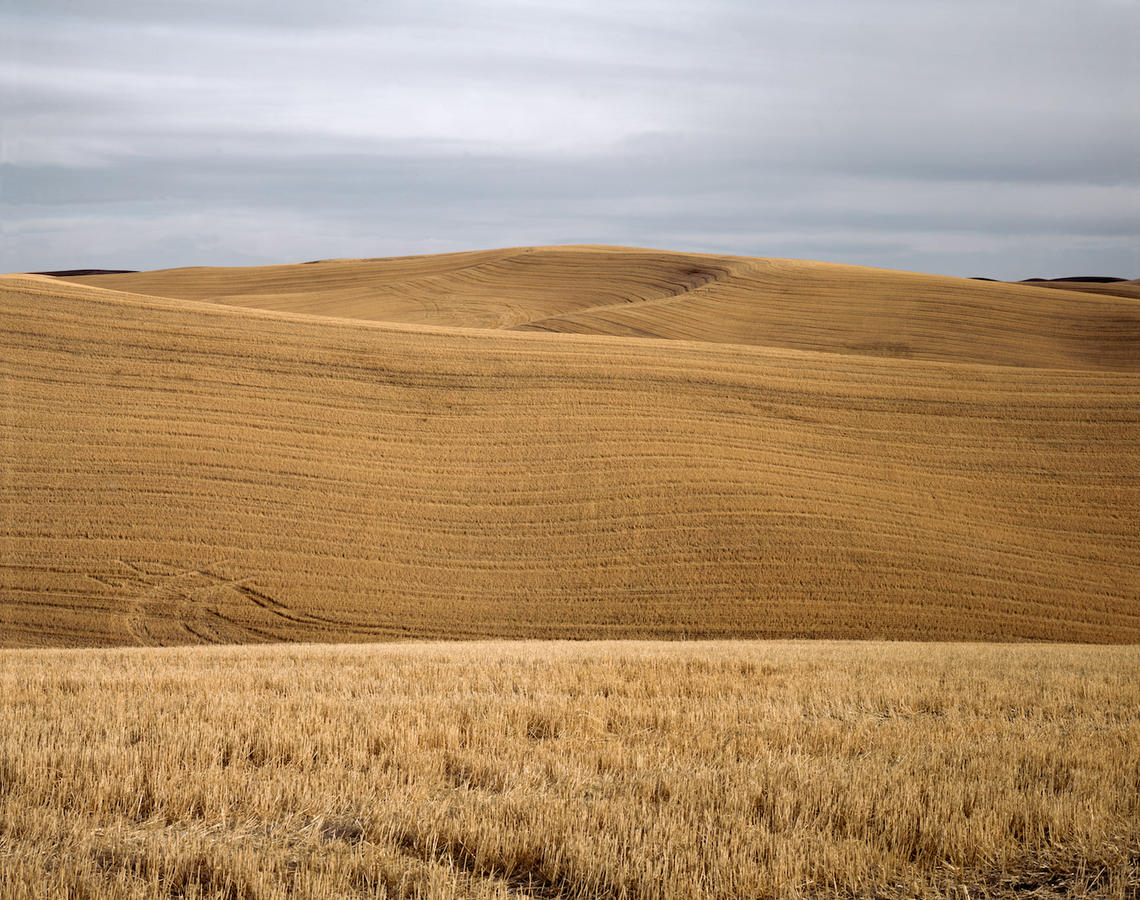
This last one, from 2000, on 8 x 10 Fuji transparency film, scanned at high resolution on the Scitex Eversmart Pro, and printed on the Epson 9900 inkjet printer at 56 inches across.
